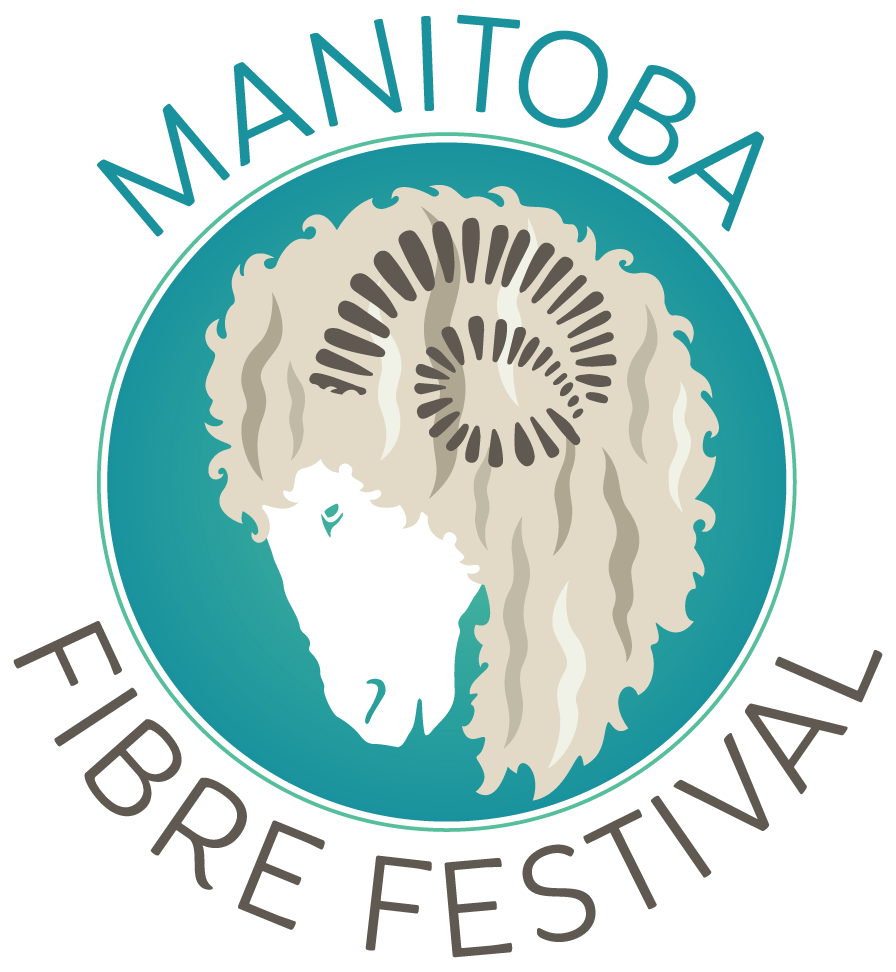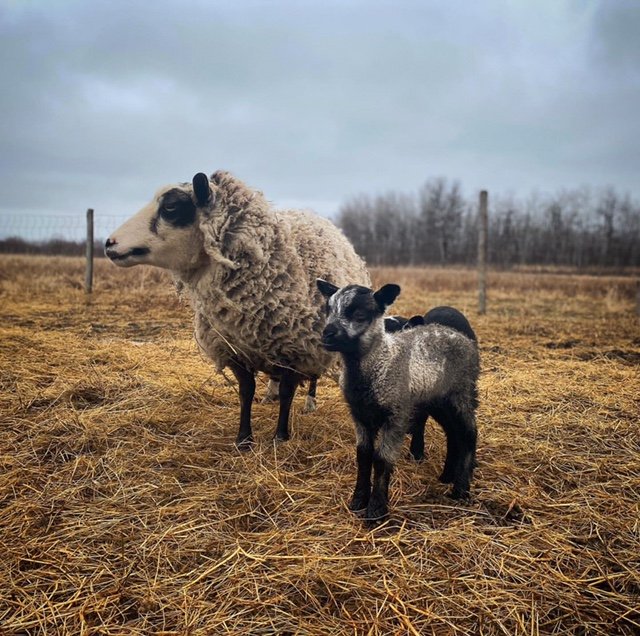2023 Breed of the Year: Shetland
Featured Breed of the Year
New initiative at the Festival! Every year a different breed will be featured and the history, traits, and qualities of the breed explored through displays, articles, pattern suggestions, and product highlights.
Our goal is to educate and inspire both makers and fibre farmers, so that our local fibre flocks expand and flourish!
The Featured Breed for 2023 is SHETLAND
Shetlands are small, hardy sheep originating in Shetland, a group of islands north of Scotland. They provide wonderful colour and character to a shepherd’s flock, and beautiful fleeces for spinners, knitters and felters.
Shetland wool comes in eleven main colours and many fascinating markings and patterns.
The genetics of in Shetland colours and patterns is fascinating and worth a deep dive!
In North America there are two specific Shetland breed organizations; the North American Shetland Sheep Association, and the Fine Fleece Shetland Sheep Association. Animals can also be registered with the Canadian Livestock Records Corporation.
In Manitoba there are several flocks of Shetlands, including Prairie’s Edge Wool Farm, Long Way Homestead, Leafhaven Shetlands and Hearts and Roots Farm.
Visit the Shetland sheep display and the Hall of Breeds in the Annex to discover more about these animals and their wool.
JOIN THE SHOW AND TELL
A makers’ gathering at the Festival on Saturday starting at 2pm to share experiences working with Shetland wool. Bring your finished projects or works-in-progress to show!
Pauline used Shetland wool from “Emmalea” for this gorgeous shawl
Three shades from one fleece from “Jamieson” went into Christine’s incredible sweater
Mandy featured the colour variations in “Daphne’s” fleece in this original design.
In creating the above garments, these artisans worked with local fleeces and actually knew the name of the sheep that provided the fibre! Other than the little bit of marigold-dyed yellow on Mandy’s sweater, these are all natural colours of Shetland fleece. Shetland wool comes in a wide range of colours , and the sheep can display a myriad of patterns.
SHETLAND SHEEP - have lived on the Shetland Islands north of Scotland for over a thousand years, likely arriving there from Scandinavia with Norse settlers. Like other animals adapted to that harsh and beautiful land (think Shetland ponies), they are small, and very hardy. Their innate thriftiness and the good mothering characteristics of the ewes make Shetlands a good choice for beginning shepherds.
Handspinners and felters enjoy working with Shetland wool because of its lovely handle and crimp. Shetland fleece is soft and dense, and comes in an amazing array of colours. Eleven main colours have been identified, with endless variations. There are also more than 30 patterns and markings, each described with unique words from the Norse-influenced Shetland dialect. Some of the common patterns in the Manitoba flock of Shetlands include:
Blettet - with white spots on nose and top of head
Flecket - white with large black or brown patches
Gulmoget - having light underparts with dark coloured body
Katmoget - having a light coloured body with dark belly and legs, and specific facial markings
Krunet - a white patch on the top of the head
Sokket - with legs of a different colour from that of the body
Yuglet - having colour around the eyes different from remainder of the body
How did Shetland get from islands in the North Sea to the Canadian prairies? The first Shetlands to arrive in North America were a small flock imported by the Flett family in Saskatchewan in 1948. Not until 1980 did the next group arrive, 28 sheep sent to the Dailley farm in Ontario. From there, the breed quickly spread across Canada and the USA. When the importation of live animals was no longer possible, some North American breeders turned to importing semen from UK rams for artificial insemination. The most recent AI import was in the fall of 2022, when several Manitoba breeders pooled their resources to increase the genetic diversity in local flocks of registered Shetland sheep.








